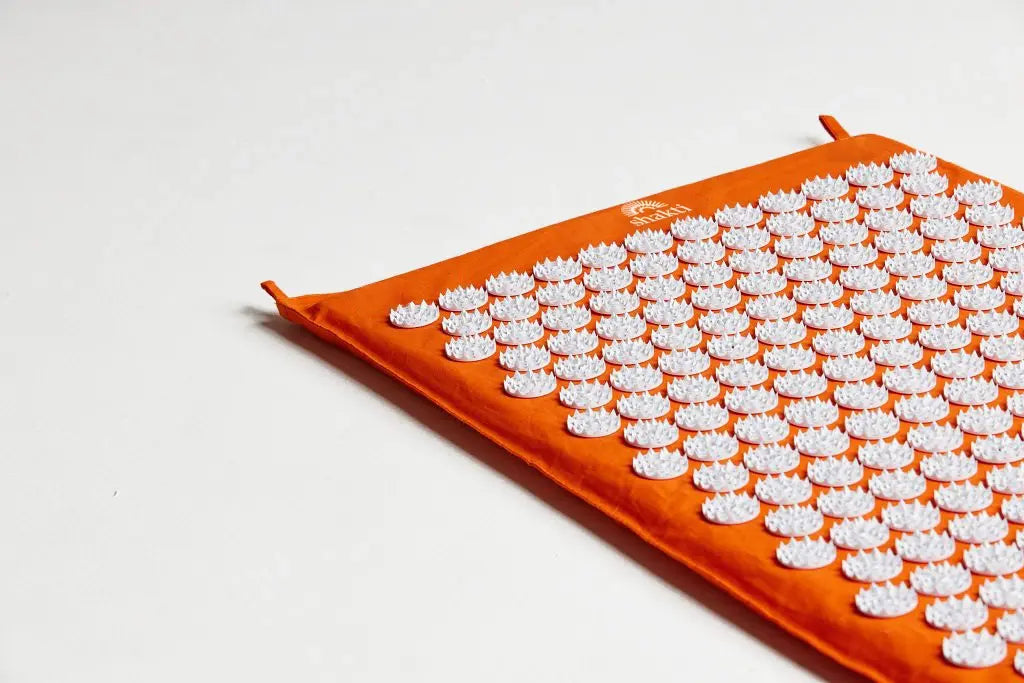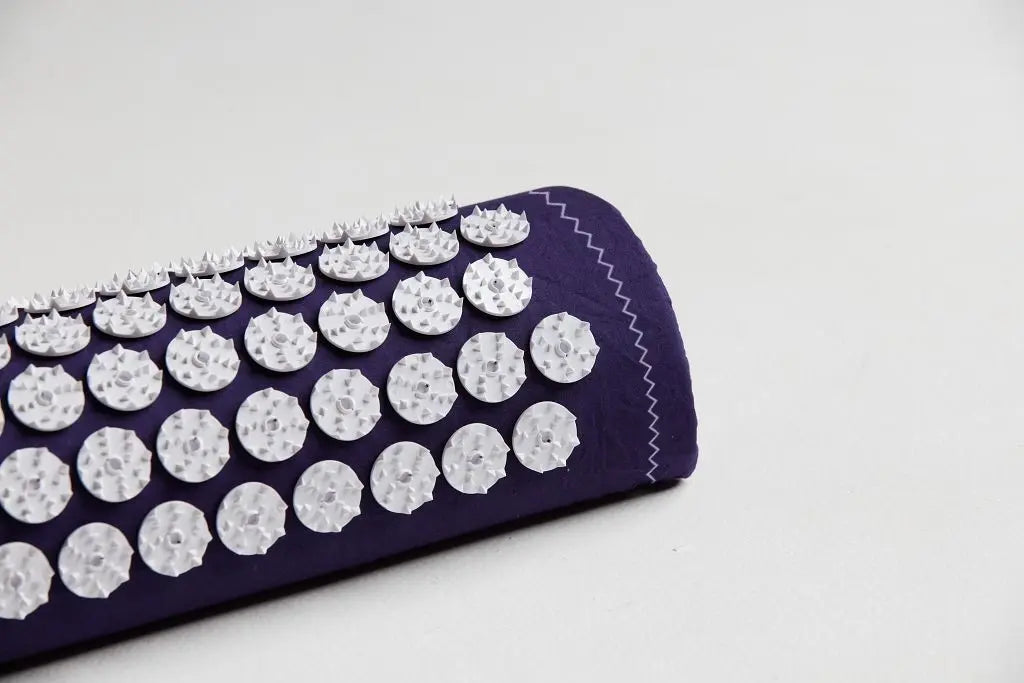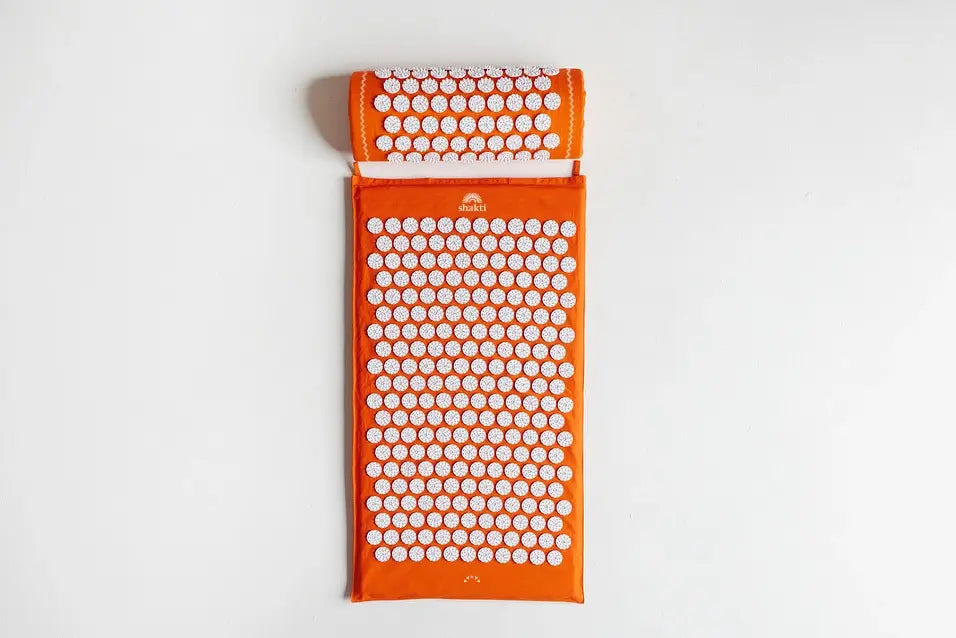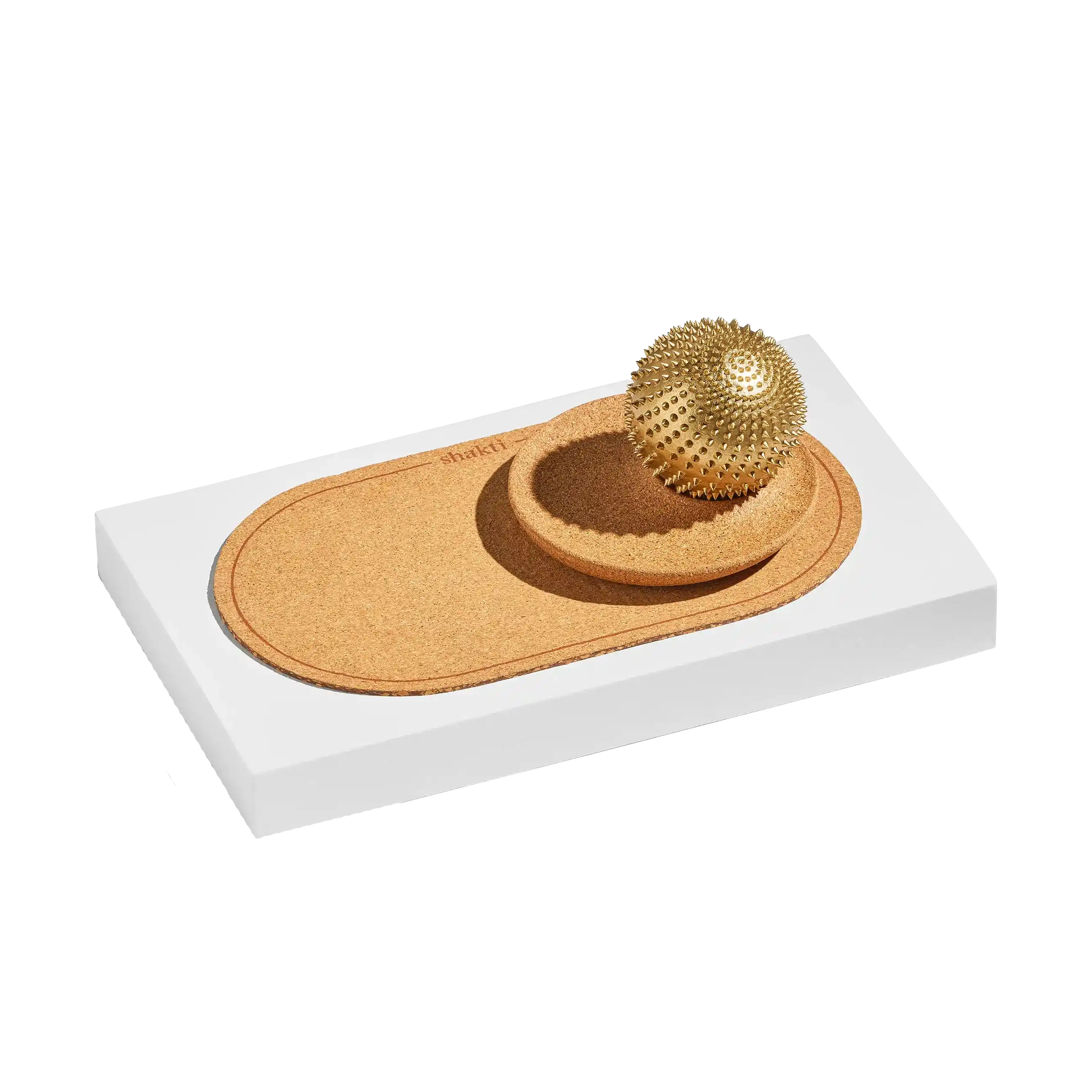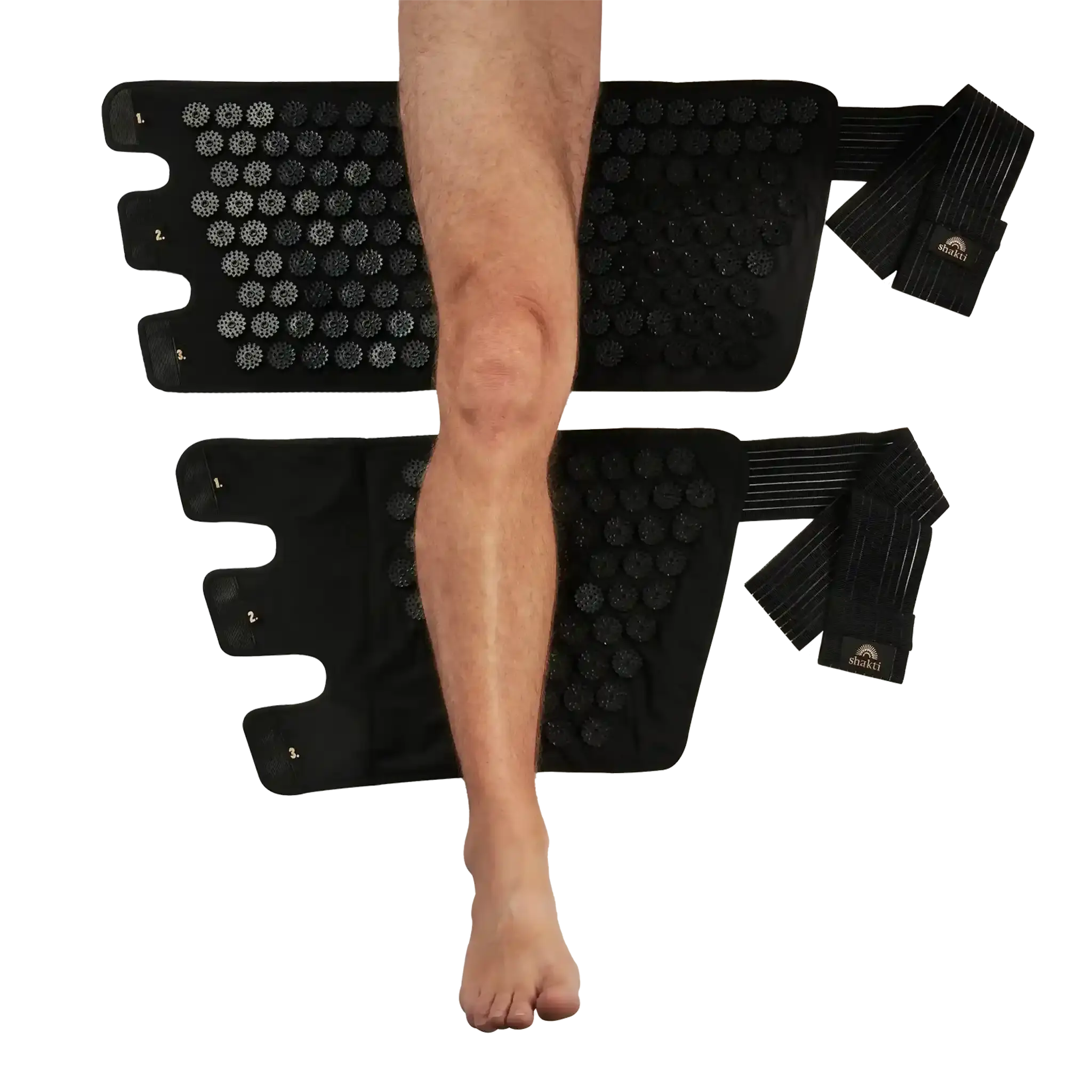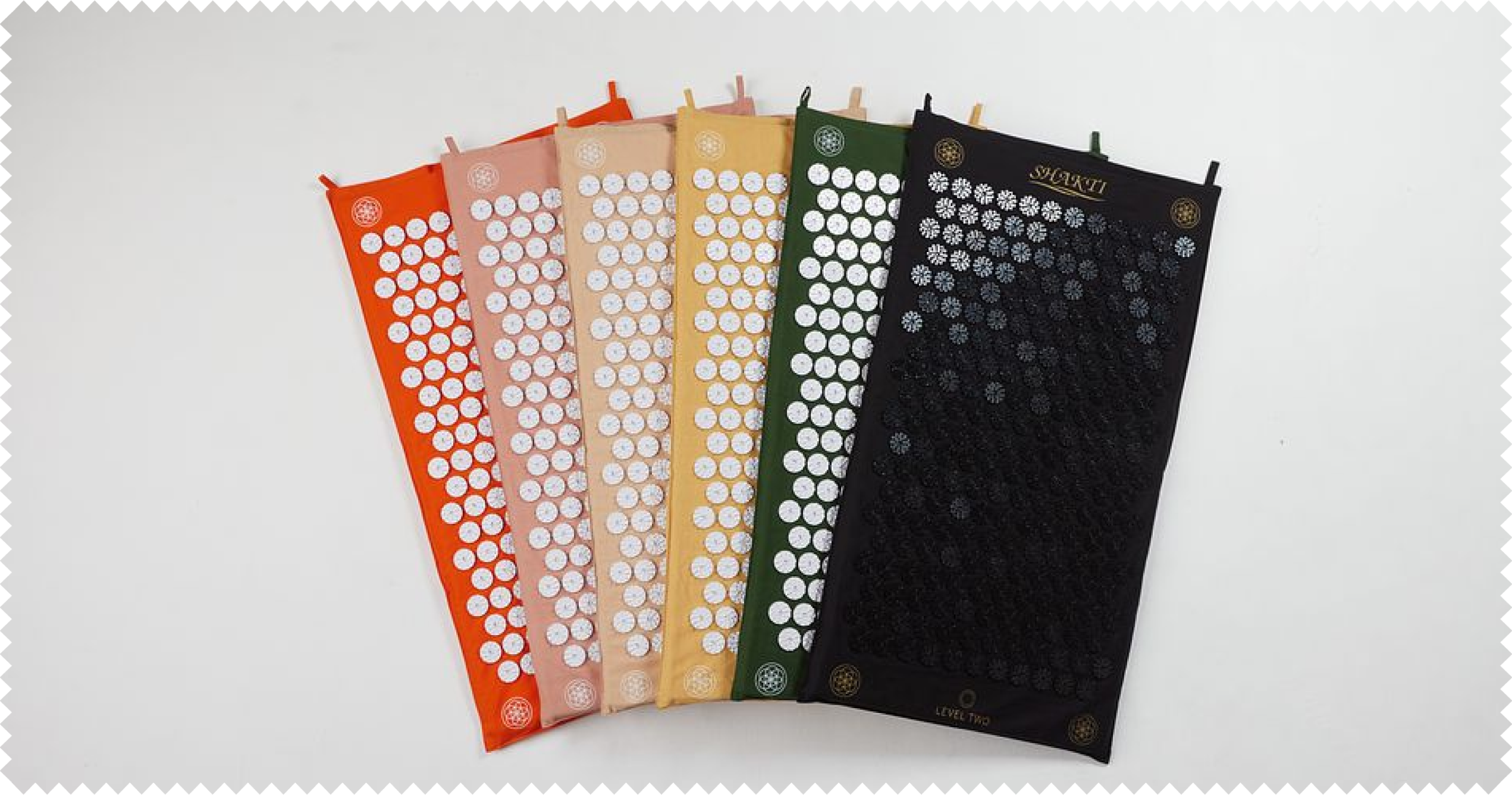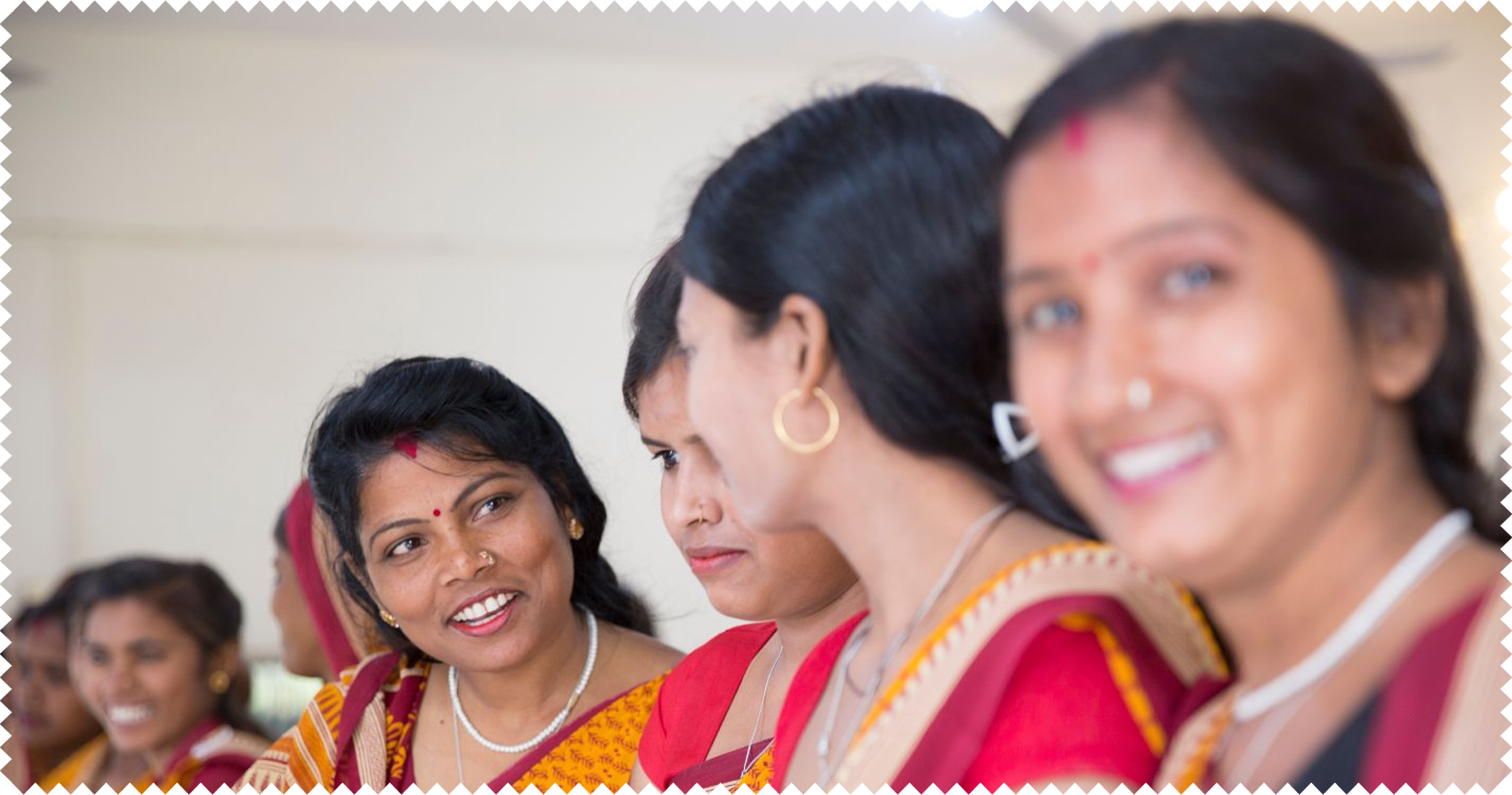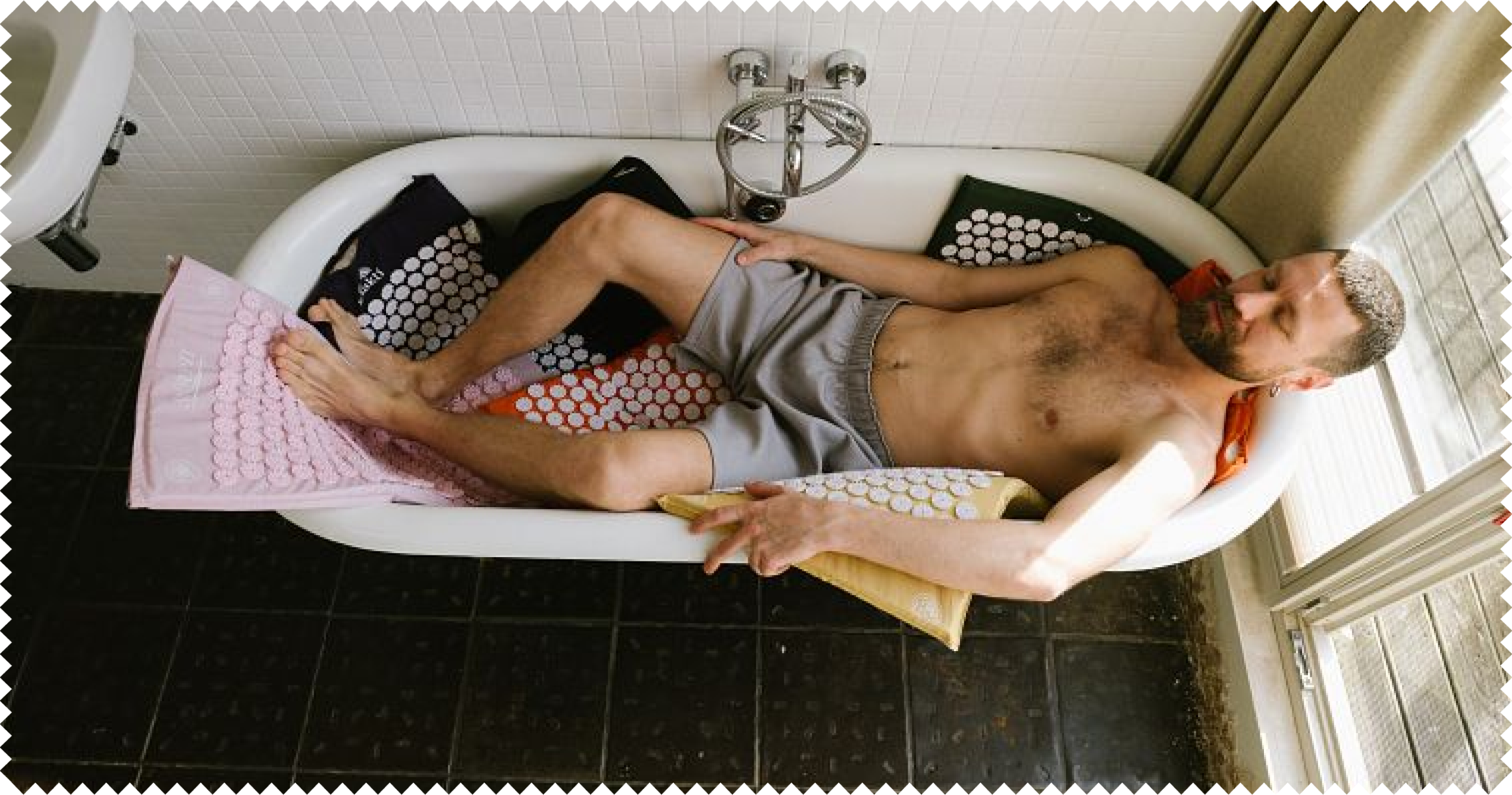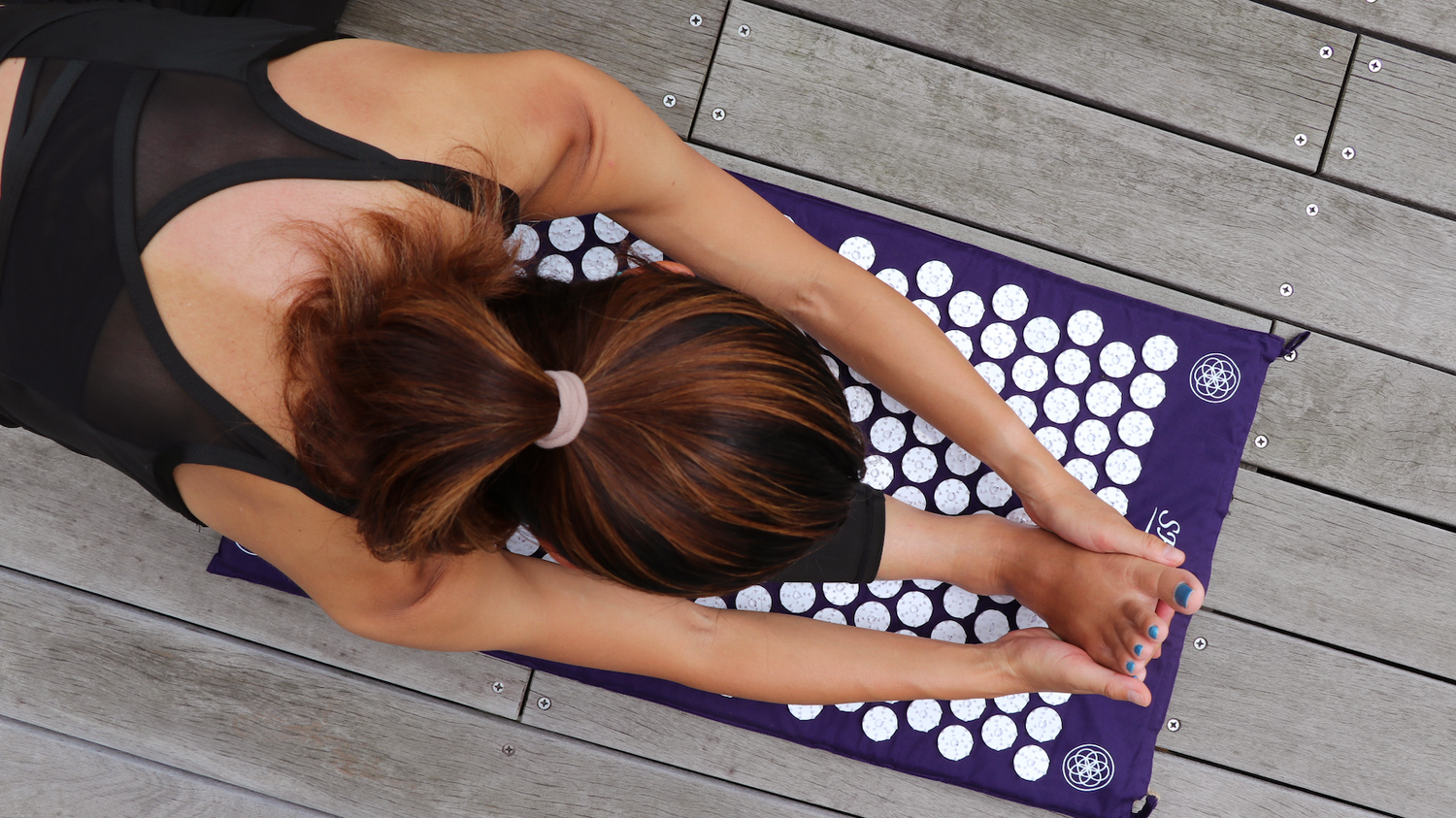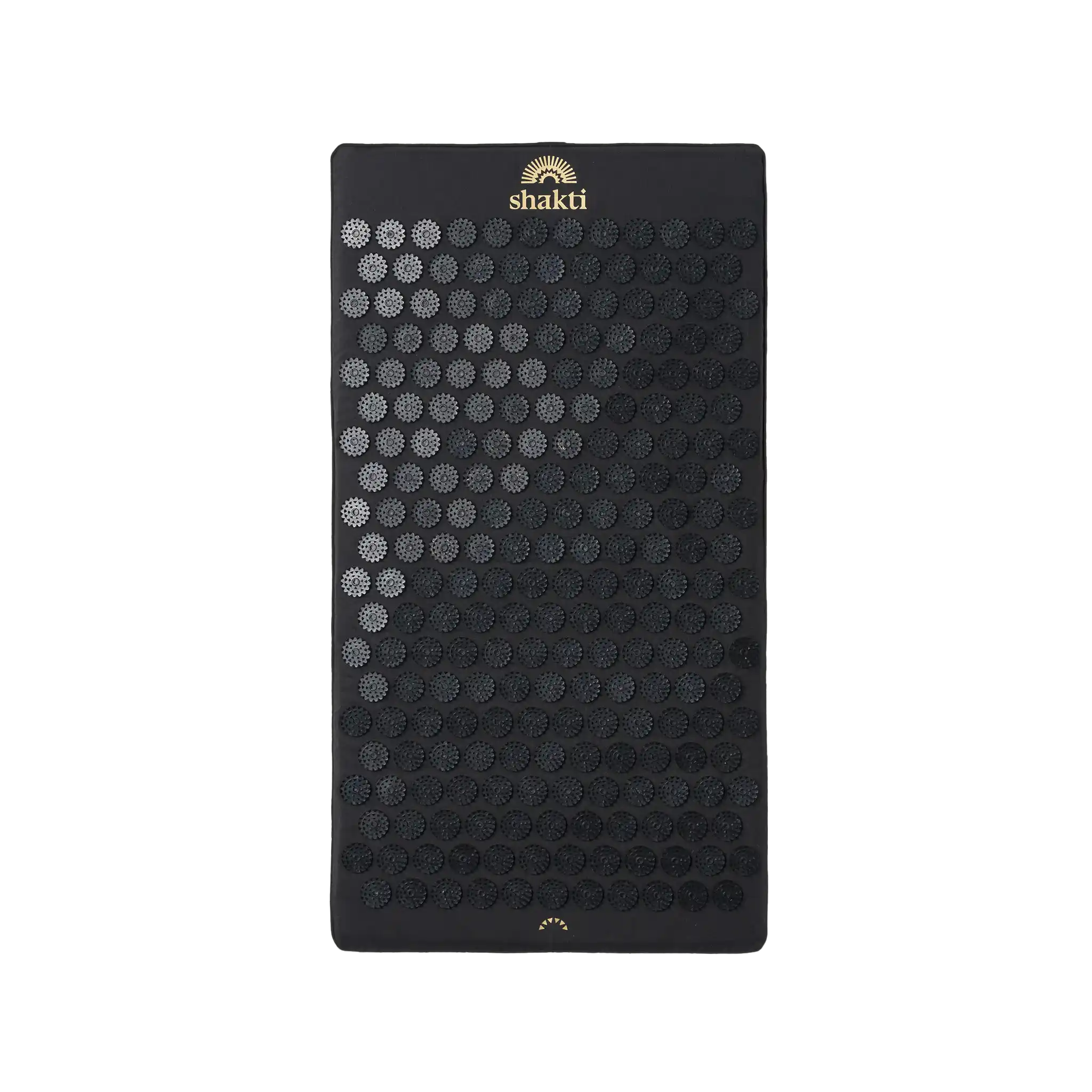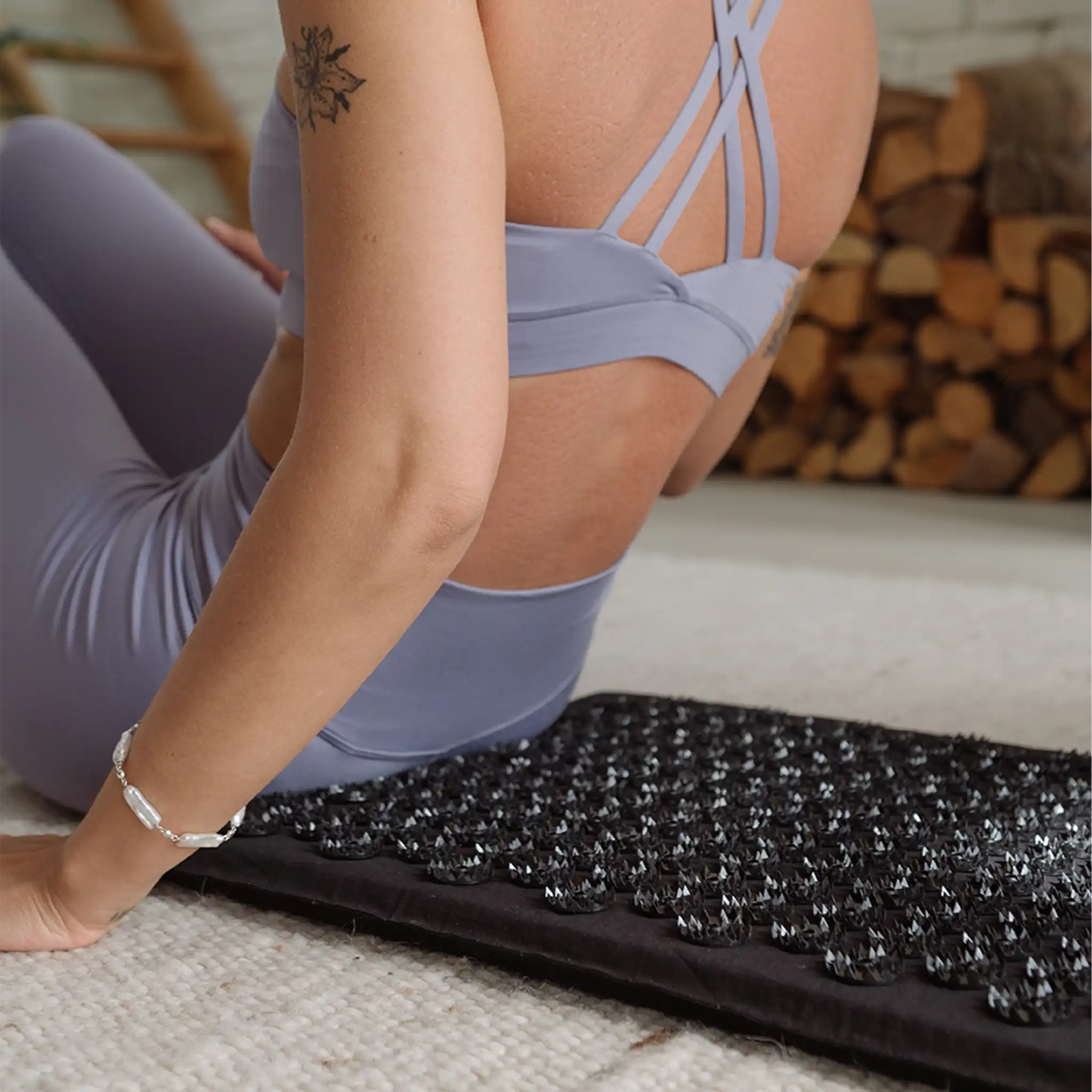Knee problems can really put the brakes on life. Perhaps you know the feeling: in the morning, straight after getting up, your knee locks when you take your first steps. Even the stairs to your home become a challenge after a long day. And even when you're sitting down, you feel that unpleasant pulling sensation. If you recognize yourself in these everyday situations, then it could be that you suffer from osteoarthritis of the knee. And what is osteoarthritis of the knee?
You may be more familiar with it under the name knee osteoarthritis or knee joint arthrosis. It is one of the most common joint diseases, which mainly occurs in older people, but can also affect younger people - either as unilateral osteoarthritis of the knee or on both sides. In this article, you will learn everything you need to know about knee osteoarthritis. From the causes and symptoms to possible treatment and therapy options, we won't leave out any aspect of this important topic. So that you can get back to your everyday life without pain!
Content
1. knee osteoarthritis - the insidious joint disease
2. distinguish between primary & secondary gonarthrosis
3. focus on the causes of osteoarthritis of the knee
4 These gonarthrosis symptoms are typical
5. recognize stages of osteoarthritis of the knee in good time
6. how you can actively start treating osteoarthritis of the knee
7 Additional gonarthrosis therapy can help you.
8. find out what is good for you!
9 Gonarthrosis surgery: When is surgery advisable?
10 Conclusion: osteoarthritis of the knee is not the end of your mobility
Osteoarthritis of the knee - the insidious joint disease
You go to work every day, exercise regularly and enjoy long walks in the park. But recently you've noticed that your knee no longer wants to do what you want it to. It cracks when you stand up, feels stiff and sometimes the pain forces you to limp. This could be the start of knee osteoarthritis. This is the progressive wear and tear of the cartilage in the knee joint. In the early stages, you may only feel a slight pain from time to time. But this can change over time: The pain becomes more severe, mobility decreases and at some point every movement becomes a pain. However, knee osteoarthritis is not a fate that you simply have to accept. With the right knowledge and targeted measures, you can significantly influence its progression.
Medial & lateral gonarthrosis
Osteoarthritis of the knee does not always spread evenly throughout the knee joint. In the medial form of osteoarthritis, the inner part of the knee joint is affected. This means that the cartilage on the inside of the knee, i.e. closer to the center of the body, is broken down. Medial gonarthrosis often occurs in people with bow legs, as this misalignment leads to the inner knee area being subjected to greater stress. Perhaps you too have often felt pain after a long walk or physical exertion, particularly on the inside of the knee. This could be a sign of medial gonarthrosis.
In contrast, lateral gonarthrosis affects the outer part of the knee joint, i.e. the side that is further away from the center of the body. This form is more common in people with knock knees, as this deformity puts more strain on the outer part of the knee. If you notice that you have increased pain on the outside of the knee, especially after climbing stairs or standing for long periods, this could be due to lateral osteoarthritis of the knee. Both forms of knee osteoarthritis can occur individually or together and influence the course of the disease as well as the possible treatment options. When making a diagnosis, it is important to know exactly which areas of the knee are affected so that the treatment can be optimally tailored to them and the pain can be specifically relieved.
Special case of varus gonarthrosis
You are probably familiar with this form of knee osteoarthritis under the term bow legs. We have already mentioned it briefly: in this malalignment, the knee joints are tilted outwards, while the lower legs point inwards. This results in an uneven load on the knee joint, with the inner part (i.e. the medial side) of the knee being subjected to particularly high stress. As a result of this incorrect loading, the cartilage on the inside of the knee joint wears out more quickly, which ultimately leads to the development of medial gonarthrosis.
Those affected often experience severe pain on the inside of the knee, especially after long periods of walking or when climbing stairs. If the deformity is not corrected in time, the course of the disease can deteriorate rapidly. The knees tilt outwards even more, which increases the strain and wear. Treatment depends on the stage of the disease and the individual symptoms. In the early stages, physiotherapy can help to stabilize the leg axis and strengthen the muscles around the knee. Orthopaedic insoles or special shoes can also correct the deformity and relieve the knee.
Distinguishing between primary & secondary gonarthrosis
Not all knee joint arthrosis is the same. A distinction is made between the primary and secondary form. This differentiation can help you to understand how and why osteoarthritis has developed in your knee. And this better understanding of the cause then gives you the opportunity to respond more specifically and effectively.
The primary form usually occurs at an advanced age and is often regarded as normal wear and tear. The cartilage in the knee joint gradually wears away without a specific cause being identifiable. Sometimes it is simply the ravages of time gnawing away at your knee. Think of your knee joint like the tires of your car: No matter how carefully you drive - over the years, they wear out all by themselves. The cartilage in your knee joint behaves in a similar way. This cartilage acts like a shock absorber, cushioning every step, jump and movement. But over time, this shock absorber can become thinner and less effective. And how does this become noticeable? After long walks, you have slight pain in your knee, when you get up from a chair you feel a certain stiffness and when you climb stairs you feel an unpleasant pulling sensation. Although the pain disappears after a while, it keeps coming back and may gradually worsen. These symptoms may indicate that the cartilage in your knee is slowly wearing away due to years of strain - a typical sign of primary knee osteoarthritis.
Primary osteoarthritis of the knee therefore has no clearly identifiable cause, but is the result of a natural ageing process. It is a bit like ageing itself - inevitable. But with the right care and attention, you can influence the progression and maintain your quality of life for a long time. For example, you can regularly do sports that are easy on the joints, such as swimming, to promote blood circulation and cartilage metabolism. A healthy body weight also helps to reduce the strain on your knees and thus slow down cartilage wear. In addition, an anti-inflammatory diet can help to protect the cartilage in the knee joint. Eating omega-3-rich foods such as oily fish or nuts and avoiding highly processed foods and sugar can reduce inflammation in the body and thus slow down cartilage degradation.
In contrast to this is secondary knee joint arthrosis. This form has a clear cause that accelerates the wear and tear of the cartilage. You may have had an injury, misalignment or other condition in the past that has affected the knee. This previous damage then leads to accelerated wear of the cartilage. Note: While primary knee osteoarthritis simply occurs over time, there is a specific trigger for the secondary form. We will now look at these possible causes in detail.
Focus on the causes of osteoarthritis of the knee
There are many causes of osteoarthritis of the knee joint. Imagine your knee joint is like a perfectly oiled hinge. With every step you take, this hinge moves smoothly and without resistance. However, over time and due to various influences, this hinge can start to squeak; it becomes stiff and starts to rust. The knee joint suffers a similar fate with osteoarthritis. The most common causes of osteoarthritis of the knee and risk factors include
- Overweight: Every extra kilo you carry puts strain on your knee joints. Imagine constantly having to carry a heavy shopping bag or a full rucksack - at some point the pressure on your knees becomes too great and the cartilage starts to wear out more quickly. The likelihood of secondary knee osteoarthritis is particularly high if you have been struggling with excess weight for many years.
- Misalignments: If your legs are not straight but form bow legs or knock-knees, for example, the knee joint is loaded unevenly. This can cause the cartilage to wear down more in certain areas. Many people develop this deformity at a young age, which means that it could still be counteracted in principle. However, this is usually overlooked, as pain does not usually develop immediately. Pain only occurs over time after prolonged strain. This could be the start of secondary gonarthrosis caused by the malalignment.
- Injuries: A sports accident, a serious fall or minor, recurring injuries can damage the cartilage. Even if the injury occurred a long time ago, it can be the trigger for knee osteoarthritis later on. Perhaps you twisted your knee some time ago or even suffered a meniscus injury. At the time, the injury seemed to have healed well, but now, years later, you notice that your knee hurts when you put weight on it. The old injury has damaged the cartilage and is now promoting premature wear and tear - a classic case of secondary knee osteoarthritis.
- Genetic and other factors: Perhaps your mother or grandfather also had knee problems and you are therefore already familiar with this troublesome issue. This may indicate that you have a genetic predisposition to joint diseases. Certain underlying diseases such as rheumatism or metabolic disorders can also promote the development of secondary osteoarthritis of the knee. These diseases attack the cartilage directly or lead to increased inflammation in the joint, which accelerates wear and tear.
These gonarthrosis symptoms are typical
But how exactly does osteoarthritis of the knee become noticeable? The symptoms of osteoarthritis of the knee joint can develop gradually. Initially, you may only notice a slight stiffness in the morning or after long periods of rest. However, this can gradually change or worsen. It is therefore important to recognize the signs early so that you can take action in good time. If you notice the following symptoms, a visit to the doctor is certainly advisable. Because the earlier the diagnosis is made, the better you can influence the course of the disease. We have summarized some typical symptoms for you here:
- Start-up pain: You may be familiar with it: your knee hurts particularly badly after getting up or sitting for a long time. But as soon as you start moving, it gets better. This so-called start-up pain is a typical symptom of knee osteoarthritis.
- Weight-bearing pain: When you take long walks or climb stairs, you will feel the pain increase. Carrying heavy loads can also increase the pain.
- Stiffness and limited mobility: Your knee feels stiff. You notice that you can no longer straighten or bend it as well as you used to. These restrictions can have a significant impact on your everyday life.
- Swelling and a feeling of warmth: The knee may swell and feel warm after intense strain. This is a sign that inflammatory processes are taking place in the joint.
- Crunching and cracking: Movements accompanied by an audible crunching or cracking sound may also indicate advanced osteoarthritis.
Recognizing stages of osteoarthritis of the knee in good time
Fortunately, it takes some time from mild cartilage damage to severe osteoarthritis for you to recognize the symptoms and initiate suitable treatment. It is important to know this: Osteoarthritis of the knee joint usually progresses in several stages, which can take years to develop. Depending on the stage of your knee osteoarthritis, your doctor will choose the right treatment for you. In the early stage (grade 1), the cartilage damage is still minor. You may feel slight pain during certain movements, but overall the function of the knee is still well preserved. In the middle stage (grade 2 osteoarthritis), the cartilage is now significantly damaged and the pain increases. You notice that the knee hurts more often, especially after prolonged strain. Mobility is somewhat restricted. If you are at an advanced stage (grade 3 osteoarthritis of the knee), your cartilage is already badly worn and the bones are sometimes rubbing directly against each other. Advanced osteoarthritis of the knee leads to severe pain, even at rest. The mobility of the knee is significantly restricted and inflammation can occur. In the final stage (grade 4 osteoarthritis of the knee), the cartilage is almost completely degraded and the knee is severely deformed. Every movement is painful and joint function is severely impaired. At this stage, surgery is often the only way to improve quality of life.
How you can actively start treating osteoarthritis of the knee
A diagnosis of knee osteoarthritis is no reason to despair. There are many ways in which you can take action yourself to alleviate the symptoms and slow down the progression of the disease.
- Take the strain off your knees by losing weight: Every kilo you lose takes the strain off your knee joints. Even small successes can make a big difference. Imagine taking off a heavy rucksack - your knees will thank you for it. Of course, make sure that your weight is always within a healthy range.
- Exercise is good for you: Even if it sounds paradoxical, exercise is extremely important for osteoarthritis. Gentle sports such as swimming, cycling, Pilates or yoga are ideal for strengthening the muscles and keeping the joints flexible.
- Physiotherapy strengthens and stabilizes: A targeted exercise programme can help to build up the muscles around the knee and thus stabilize the joint. A physiotherapist can show you individual exercises that are precisely tailored to your needs.
- Aids to relieve your pain: orthopaedic insoles or a gonarthrosis support can relieve and stabilize the knee. They are a useful addition to exercise therapy, especially in the case of misalignments.
- Gonarthrosis nutrition supports your body: A healthy, anti-inflammatory diet can have a positive effect on the progression of knee osteoarthritis. Foods such as fish, nuts, fruit and vegetables are rich in omega-3 fatty acids and antioxidants, which can inhibit inflammation in the body.
Additional osteoarthritis of the knee therapy can help you.
In addition to the measures you can take yourself, there are various therapeutic approaches to alleviate the symptoms of osteoarthritis of the knee. They can slow down the progression of the disease, especially when used in combination. As a drug therapy, painkillers and anti-inflammatory osteoarthritis drugs can reduce the symptoms. However, these should only be taken after consulting a doctor to avoid side effects. Hyaluronic acid injections can also improve the synovial fluid in the joints and thus increase mobility. Cortisone injections can inhibit inflammation in the joint and relieve pain. However, these measures usually only provide temporary relief.
Regular acupuncture treatment has also proven effective for many patients. Here, specific points on the body are stimulated by targeted needle pricks, which can influence the pain. Acupressure may be a good alternative for those who can easily do without needles. It works by applying targeted pressure to specific points on the body to promote blood circulation, relieve tension and restore energy balance. This stimulation can activate the body's self-healing powers and help to relieve pain and reduce stress. You can find out more in the next paragraph.
Find out what's good for you!
In addition to the classic treatment methods, there are other promising approaches that can help you to alleviate your symptoms of knee osteoarthritis, such as acupressure. What's particularly convenient is that you can easily carry out your acupressure sessions yourself at home - with the Shakti Mat, a special acupressure mat. You may have heard of acupressure before. This is a technique that originally comes from traditional Chinese medicine. It aims to relieve pain and promote blood circulation by applying targeted pressure to certain points on the body. The Shakti Mat works according to a similar principle. The mat is equipped with many small acupressure points that act on your body when you lie on it. This can help with knee osteoarthritis:
- Promoting blood circulation: If you use the Shakti Mat regularly, this can boost blood circulation in the affected areas of your body. Better blood circulation can promote cartilage metabolism and thus support the healing process.
- Muscle relaxation: Osteoarthritis of the knee is often accompanied by tension and cramps in the surrounding muscles. Lying on the Shakti Mat can help to relieve this tension and relax the muscles, which in turn can reduce the pressure on the knee joint.
- Pain relief: The acupressure points on the Shakti Mat can release endorphins, your body's natural painkillers. This can relieve the pain in your knee and simply make you feel better overall.
Using the Shakti Mat is simple: you lie down on the mat for around 5 to 20 minutes, preferably in a quiet environment where you can relax. Many users also report that they feel more relaxed afterwards, not only physically but also mentally. Important: The Shakti Mat should be seen as a complementary measure to conventional medicine. It can help you to better manage your everyday life with knee osteoarthritis, but does not replace medically prescribed therapies and treatments. Our tip: Mats with as many points as possible are suitable for beginners. Advanced users can further increase the relaxation experience by using fewer and fewer spikes.
Gonarthrosis surgery: when is surgery advisable?
Despite all efforts, the day may come when conservative treatment methods are no longer sufficient. If the pain becomes unbearable and mobility is severely restricted, surgery may be considered. There are several options here, for example arthroscopy. In this minimally invasive procedure, the knee joint is mirrored and damaged tissue can be removed or smoothed out. However, this procedure is only useful in the early stages of osteoarthritis and does not offer a permanent solution.
Osteotomy is different. In this operation, the bone is cut and fixed in a different position in order to better distribute the load on the knee joint. This method is mainly used for younger patients with deformities.
If the cartilage is severely damaged and other treatment approaches are no longer effective, replacing the knee joint with a knee prosthesis (endoprosthesis) can significantly improve the quality of life. This involves replacing the diseased joint with an artificial one. Intensive rehabilitation is necessary after the operation in order to regain full mobility.
Conclusion: osteoarthritis of the knee is not the end of your mobility
Knee osteoarthritis can have a significant impact on your everyday life, but there are many ways you can counteract it. From adjusting your lifestyle to therapeutic measures and surgery - you have numerous options to alleviate the symptoms and improve your quality of life. Regardless of whether you suffer from primary or secondary knee osteoarthritis: It's crucial to take action early. When you notice the first symptoms such as morning stiffness, start-up pain or pain on exertion, you should not wait until the symptoms get worse. Consult your doctor, start with regular, gentle exercise, reduce your body weight and make sure you eat a healthy diet. Targeted physiotherapy can also help to strengthen the muscles around the knee and relieve pressure on the joints.
In the case of secondary gonarthrosis, it is also important to treat the underlying cause. This means, for example, correcting misalignments or treating the consequences of injuries in a targeted manner. A holistic approach that both alleviates the symptoms and addresses the cause can help you to slow down the progression of the disease and maintain your mobility. It is important that you don't lose heart and stay active. Every step counts - in the truest sense of the word.



